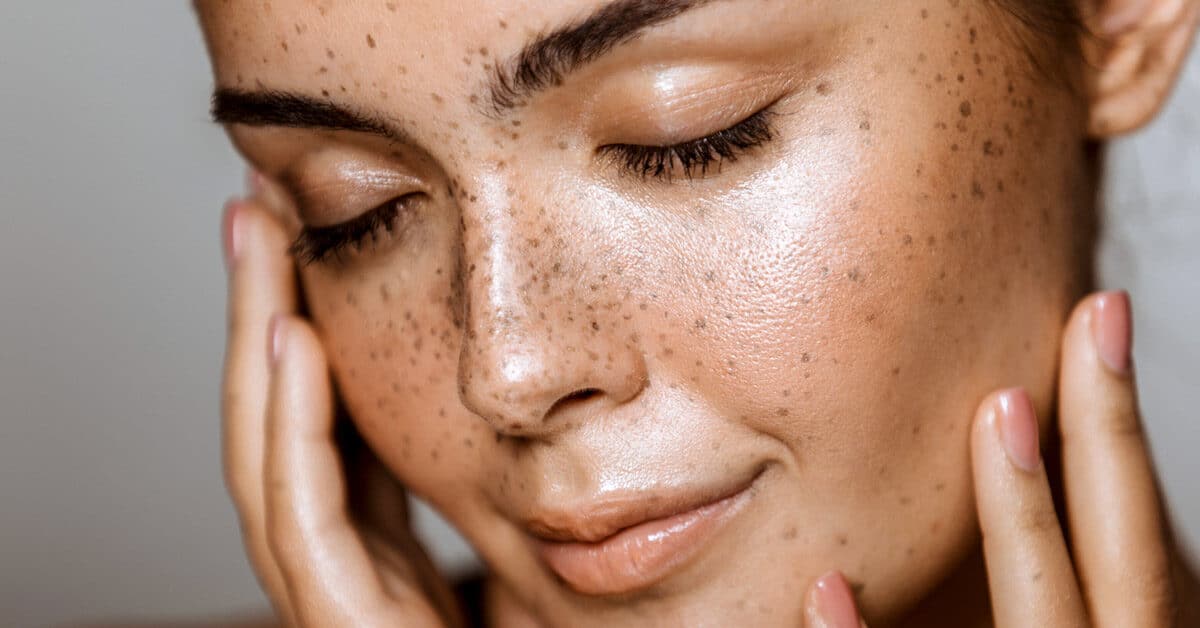
Skin Care Made Easy with These Easy to do Facials
What are facials?
Facials are skin treatments that consist of cleansing, exfoliating, extraction, taking facial steam, different creams, lotions, and facial masks. Massages and application of face packs complete the steps. The primary purpose of facials is opening the clogged pores, removing dead skin cells, and cleansing and moisturizing the skin. Facials make your skin soft, smooth, and healthy.
Benefits of doing facials
Facials can help you slow down the aging process by renewing your skin cells. It also increases the oxygen and blood flow in your skin, making it healthier. It also improves the elasticity of the skin and helps you relax and clear your mind. In addition, it cleans your skin from oil buildups, dirt, dust, toxins, and harmful bacterias, in turn making your skin look healthy and youthful. Facials also help you get a radiant glow and a balanced complexion.
Proper steps to do facial at home
There is a particular order and steps to do a proper facial. If followed correctly, they give your skin a fabulous glow and the required care. But if you overdo it or do not follow the correct order, they can do more harm than good.
- First, tie your hair in a bun or a ponytail. If you have short hair, use a hairband. Make sure that your hair does not touch your skin while doing the facial.
- Then cleanse your face with a mild cleanser. Your face skin is delicate, so do not apply the product directly on your face. Instead, first, lather it up on your fingers and then apply it to your face in a circular motion for 45 to 60 seconds. Wash off.
- Make sure to wash your face with lukewarm water, and do not rub your face while washing.
- Use a facial steamer. If you have dry skin, steam your face for 3 to 5 minutes. If you have normal to oily skin, you can steam your face for 10-12 minutes.
- After that, exfoliate your skin by using a scrub. It is the most critical step in a facial as it removes dead skin and unclogs the pores. The steaming helps you eliminate the whiteheads and blackheads that are pretty common to all skin types. If you are using a tool or a needle to remove the blackheads, be sure to know the proper technique. Incorrect usage may lead to the formation of boils, or hair follicles may be inflamed.
- Take a massage cream. Apply the cream in a circular motion in gentle upward strokes all over your face. Be careful not to rub the under-eye area.
- Massage the cream for 15 to 20 minutes at least.
- After that, apply the face mask of your choice and relax for a while. Wash off the pack.
- The next step is to use a toner. The best DIY toner for any skin type will be rose water.
- While applying the toner, gently dab it on your face with a cotton pad.
- Lastly, moisturise your skin with a moisturiser that suits your skin.
Post Facial Care
- After a facial, make sure to keep yourself hydrated. Your skin feels supple and hydrated after a facial, and to maintain it for a more extended period, you need to hydrate from inside. So make sure to drink a minimum of three litres of water for the next three days.
- Make sure to be gentle on your skin for a few days, as the facial already involves extensive cleaning and rubbing.
- Do not rub your skin too much after a facial.
- Make a point to not apply makeup after doing a facial for at least 24 hours.
- Protect your skin from the sun after a facial by applying sunscreen.
Ingredients to use for making scrubs, masks and moisturisers for different Skins
Every person has a different skin type. Look for scrubs, moisturizers, and masks suited for each skin type.
Oily Skin: For people with oily skin, making a scrub with baking soda can do wonders. Baking soda absorbs the excess oils and also exfoliates the skin. For making face masks, adding a pinch of turmeric and besan can help make the skin glow and help reduce acne. And finally, for moisturizers, use any light oil or cream. Do not use heavy oils on oily skin for moisturization, as your skin is already producing a lot of oil.
Dry Skin: While making a scrub for dry skin, you can add oatmeal and honey to your scrub. Honey can provide the required moisturization for dry skin, and oatmeal can gently exfoliate dead skin cells. For a mask for dry skin, adding honey or avocado for dry skin is the best choice. And for a moisturizer, coconut or olive oil can do just the thing. While looking for a facial kit, you can look for a chocolate or a gold facial or a party glow kit for immediate hydration.
Sensitive Skin: While making a DIY scrub for sensitive skin, you can add extra virgin olive oil with coffee grounds. Coffee grounds will exfoliate your skin gently. In addition, using mild ingredients like lavender, sandalwood, and essential oils is a good choice for making masks as these have anti-inflammatory properties. Lastly, for moisturizers, you can never go wrong with using shea butter or olive oil.
However, looking for papaya, aloe vera, or a pearl facial kit will give you gentle products ideal for this skin type.
Facial kits are lifesavers. You can choose from different facial kits, from anti-tan to anti-aging, acne control, and skin brightening. On the plus side, there will be no need for you to visit a parlor. But, on the flip side, you may get addicted to facial at home and try out all variants of facial kits.
These were some tips that can help you with your next home facial routine. Also, check out the range of natural face washes that can make your skin soft, smooth, and healthy.
Also, Read More About – Rabeprazole Sodium and Domperidone Capsules Uses in Hindi
